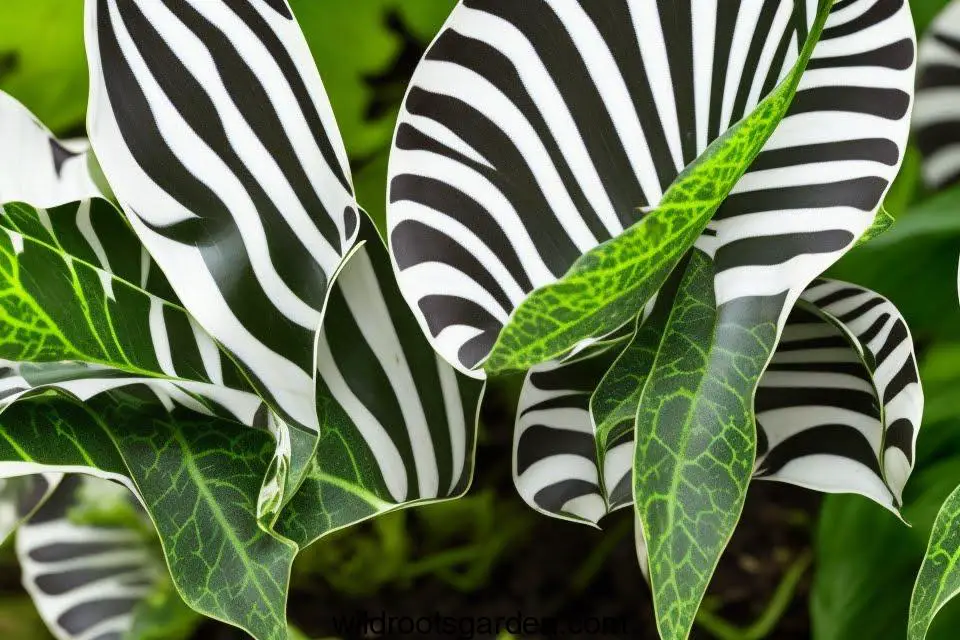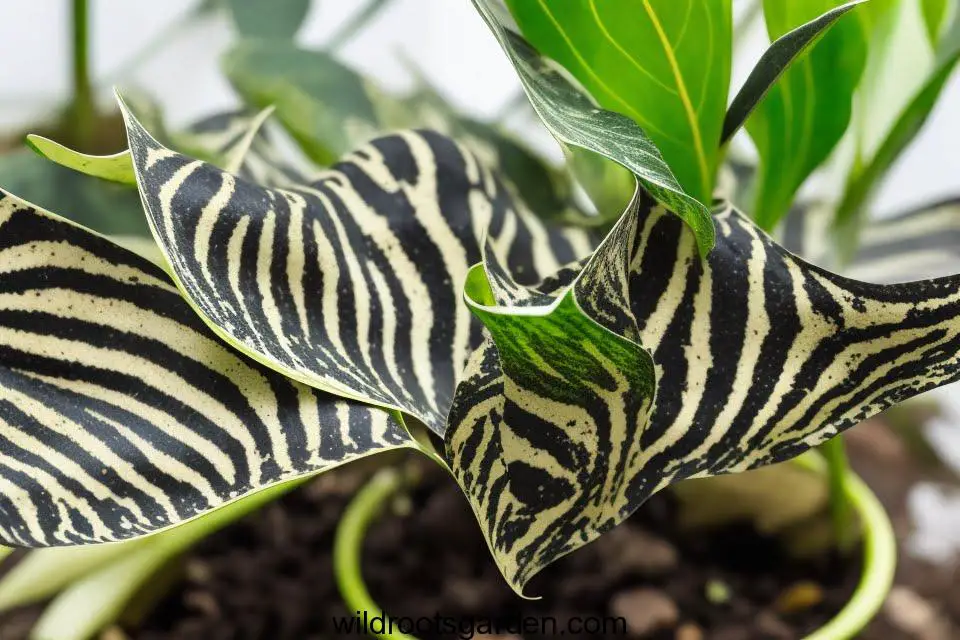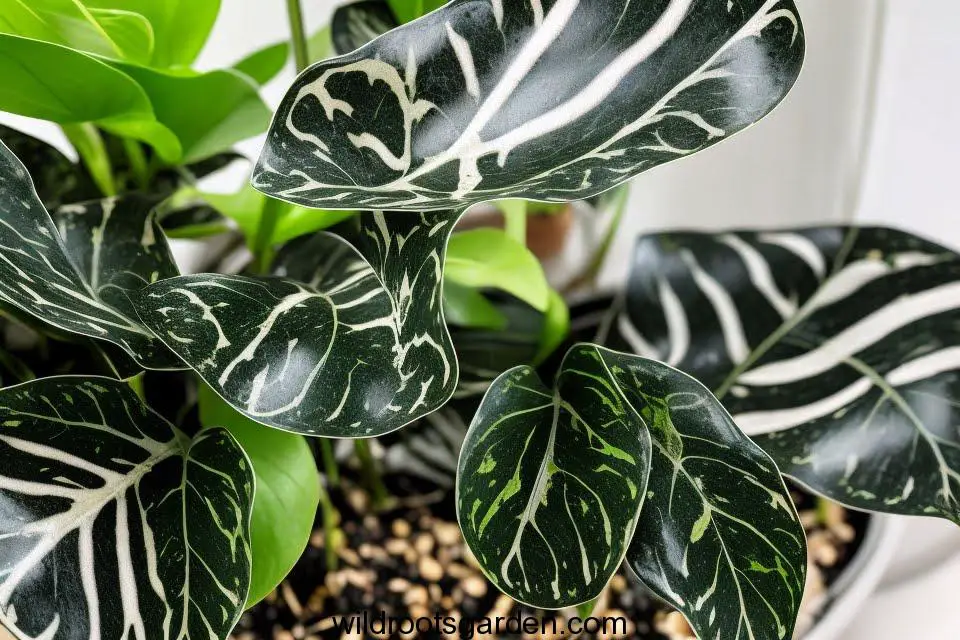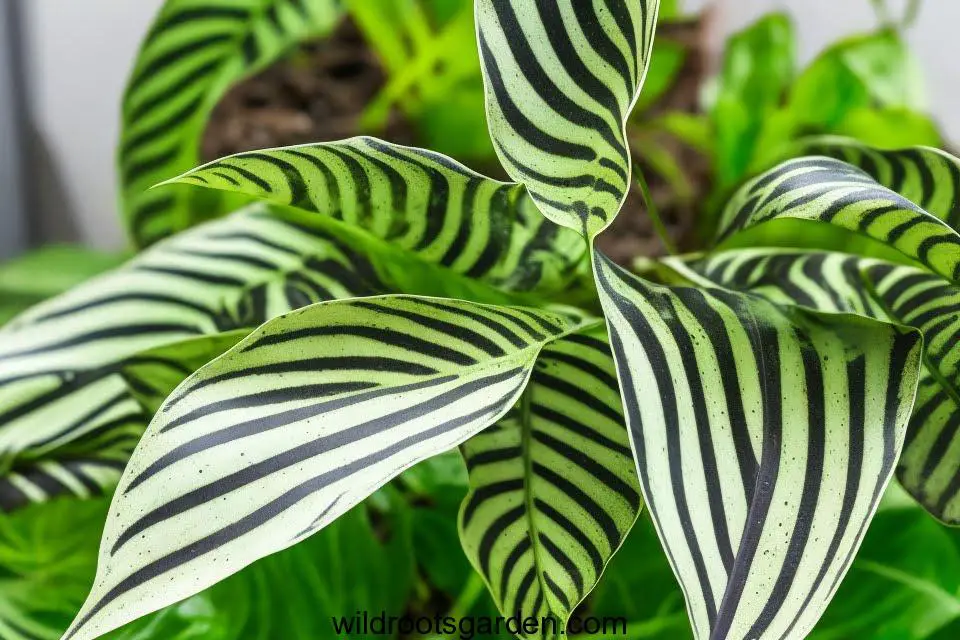JUMP TO TOPIC
Introduction
Zebra Plant Leaves Falling Off. The most frequent causes of leaf loss in zebra plants include overwatering, underwatering, excessive fertilization, inadequate lighting, pests, and chilly drafts. The leaves of your zebra plant will start to yellow and drop off if you overwater it. You need to water your plant less frequently to address this. The leaves of your zebra plant will begin to droop and fall off if you are underwatering it. You need to water your plant more frequently to address this. The leaves of your zebra plant will start to yellow and drop off if you fertilize it excessively. You need to cease fertilizing your plant in order to repair this.
#1

Understanding Zebra Plant Care
Proper Watering Techniques
One of the primary reasons zebra plant leaves may fall off is improper watering. Zebra plants, scientifically known as Calathea zebrina, require a delicate balance of moisture. Overwatering can lead to root rot and cause the leaves to wilt and eventually drop. On the other hand, underwatering can result in dry, crispy leaves that may also fall off.
To maintain the ideal moisture level, it is recommended to water your zebra plant when the top inch of soil feels dry to the touch. Ensure that the pot has proper drainage to prevent waterlogging. Remember to use room-temperature water to avoid shocking the plant’s roots.
Optimal Lighting Conditions
Zebra plants thrive in indirect, bright light conditions. Placing your plant in direct sunlight can scorch its leaves and cause them to wither and drop. On the other hand, insufficient light can weaken the plant and lead to leaf loss as well.
Find a suitable spot for your zebra plant where it can receive bright, filtered light throughout the day. A few feet away from a north or east-facing window would be ideal. If you notice the plant leaning towards one side, rotate it occasionally to ensure even growth.
#2

Humidity and Temperature
Zebra plants are native to tropical regions and require a humid environment to thrive. Insufficient humidity can cause the leaves to dry out and drop prematurely. It is crucial to maintain a humidity level of around 50% to 60% for optimal growth.
To increase humidity, you can use a humidifier or create a pebble tray by placing a shallow dish filled with water and pebbles near the plant. As the water evaporates, it will create a humid microclimate around the zebra plant.
Additionally, zebra plants prefer temperatures between 65°F and 75°F (18°C to 24°C). Avoid exposing the plant to cold drafts or sudden temperature fluctuations, as they can stress the plant and lead to leaf drop.
#3

Troubleshooting Common Issues
Pests and Diseases
Zebra plants are generally resistant to pests, but they can occasionally face infestations. Common pests that may affect zebra plants include spider mites, mealybugs, and aphids. These pests can damage the leaves, causing them to turn yellow and fall off.
To combat pest infestations, regularly inspect your zebra plant for any signs of pests. If detected, treat the plant with appropriate insecticidal soap or neem oil, following the instructions on the product label. Isolate the affected plant from other houseplants to prevent the infestation from spreading.
Nutritional Deficiencies
Inadequate nutrition can also lead to zebra plant leaf drop. Ensure that you provide your zebra plant with a balanced fertilizer formulated specifically for houseplants. Follow the instructions on the fertilizer package for application rates and frequency.
If you notice yellowing leaves accompanied by leaf drops, it could be a sign of a nutrient deficiency. Consider adjusting your fertilization routine or consult a horticulturist for further guidance.
Conclusion
By following the tips and tricks outlined in this guide, you can prevent zebra plant leaves from falling off and promote healthy growth. Remember to maintain proper watering techniques, provide adequate lighting conditions, and create a humid environment for your zebra plant. Regularly inspect your plant for pests and address any infestations promptly. With proper care, your zebra plant will continue to showcase its stunning foliage and enhance the beauty of your indoor space.

